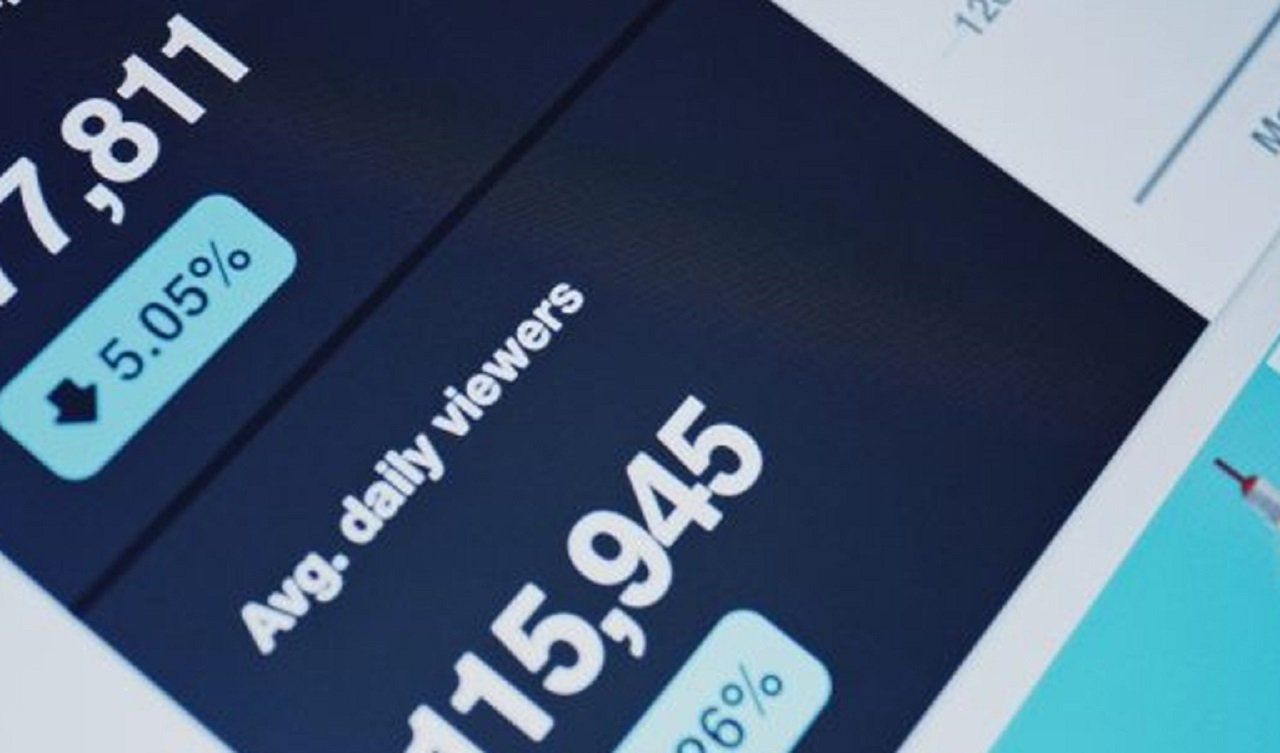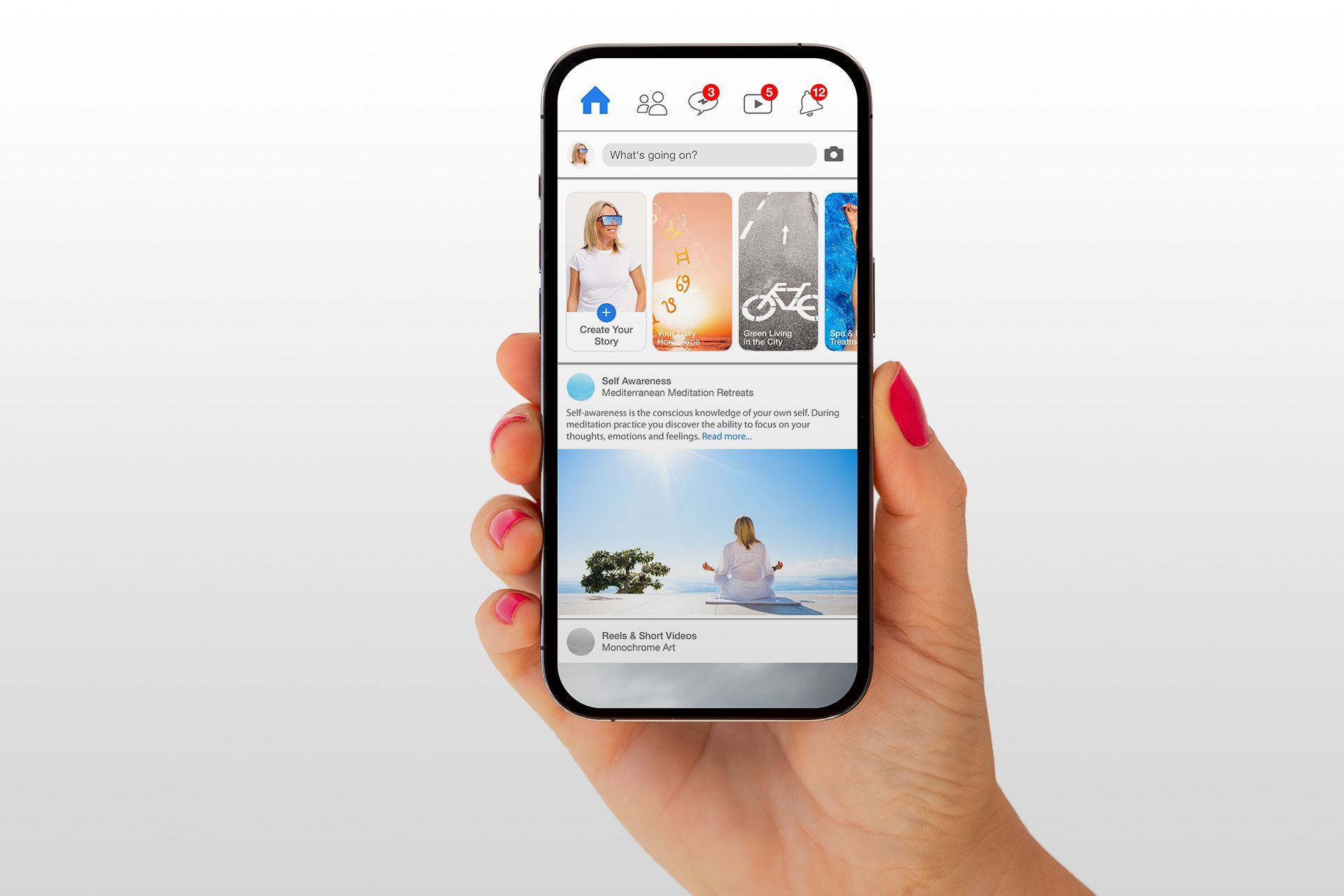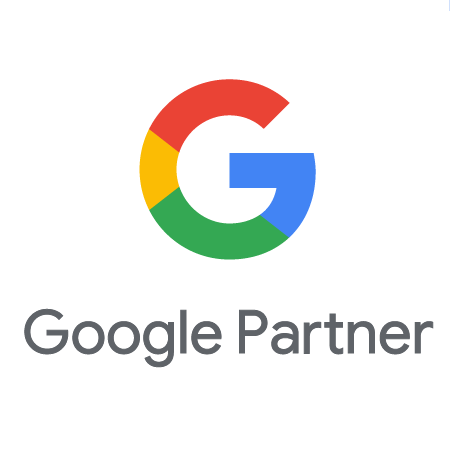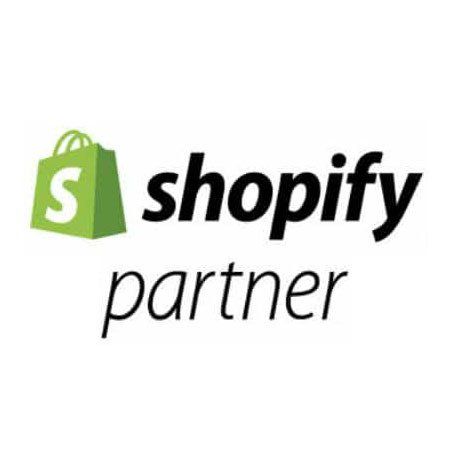How To Get The Most Out Of Your Paid Search Advertising In 2019

Being experts in the paid search space for years, we’ve seen a lot of changes and amazing advancements in the targeting, delivery, and measurement of paid search advertising. But with all of these changes, there are still a few fundamental tips that everyone should follow to get the most out of their PPC marketing efforts. Doing so, will not only set a great foundation for all of your campaigns but keep your accounts on top of your competitors.
Make sure your PPC ad is relevant
One important mistake to avoid is thinking that you can be lazy when using PPC. You still need to make sure that your ad is the best response to the customer’s search query and highly relevant. The advancements in PPC have been centered around user experience. Search engines want to make sure that the ads being served on their platforms are the most relevant and useful to their users, and you should too. If it’s not, your competitors who use intent marketing more effectively will most likely get the customer’s click, and resulting sale, over you.
One of the best ways to ensure your search ad is the most relevant to the user is to use something called dynamic keyword insertion. In the most basic cases, dynamic keyword insertion automatically inserts the keyword a user searches for directly into your ad, making it look extremely relevant. This is a feature available on both Google and Bing PPC ads management.
The reason this is so important in 2019 is that Google and Bing do a good job of self-regulating relevance. They do so by using machine learning to assigned Quality Scores for ads. Quality Score is a ranking between 1 and 10 that determines if your ad is shown to the user, how much you will have to pay per click, and how high in the search results page your advertisement will show versus your competitors, based on the quality score. The more relevant your keyword is to a user’s search, the more relevant your ad is to that search. The relevance of your ad to the landing page is another major factor in determining your score.
It’s incredibly important to focus on relevance between keyword, ad, and landing page to keep your paid search efforts effective and to ensure a high ROI.
Research keywords
Much like every form of advertising, paid search involves guesswork. You’ll need to research your audience’s interests and needs when creating your strategies and campaign or you won’t draw the right people to your site.
Keywords are the most vital component of your PPC. Keywords are what the ad auction revolves around. Your goal is to show up in the search results when potential customers type in specific queries related to your business. To do so, you need to do keyword research and see what your target audience searches for. With this information, you can create search ads that meet the intent of the user and be in front of users when they search for exactly what you’re selling.
One of the best ways to start is to do your own searches for the services or products that you offer. See the differences of the search terms and competitors that show up. There are a number of tools, both paid and free, that take this exercise to the next level by showing you more statistics on the searches, such as estimated cost-per-click and other suggestions related to what you’re researching. Google Keyword Planner is one tool that shows estimated CPC, competition, monthly search volume and more. It even allows you
Crawl, walk, run
As with any type of investment, it’s best to start out slow. Test your hypothesis and expand on those ideas once you have data to back them up. PPC can burn a hole in your pocket if you don’t use data and test for results to fuel your expansion. There are a number of horror stories with business owners who start online ad campaigns with thousands of dollars per month right out of the gate. We’ve personally seen it a number of times and the usual solution is to go into the accounts and slow things down so we are able to go through data and make informed decisions that will turn into conversions.
Another mistake we often see if businesses who want to launch campaigns on Google and Bing, and Facebook, and Instagram all at once. Starting with paid search or social and nailing one strategy that works will do better for your online advertising in the long run. It’s best to plan ahead for expansion but always set a strict milestone in order to trigger the next phase of growth.
Measure every click.
The best part of PPC and digital marketing, in general, is the measurability available. The times of putting out of home advertisement up and wondering who saw your ad are over. With digital advertising, we can measure every view, click, and interaction – down to the last dollar a custom put in their cart on your e-commerce site.
With that, you should make this a rule and stick to it. Always make sure you have a strict measurement in place. It’s nearly impossible to go back in time and try to find data if you don’t set up measurement out of the gate. There are a number of good tools for measuring data like this, aside from the native platforms themselves. There are tools that help you set up, and manage, your measurement and we recommend using them all.
Paid Search Advertising isn’t the only way to increase your sales. For the best chances of bringing traffic to your site, use PPC and Search Engine Optimization strategies together. When a user searches for the products or services you provide, you’ll have the best chance of showing up on the search results and gaining business. With proper analytics in place, you can see exactly which marketing strategy and which channel is bringing customers to your site.
Oamii provides expert PPC & SEO services and can bring you years of experience. If you’re looking for PPC services in West Palm Beach, contact or call us today at 561-228-4111 .
Disclaimer: The information on this website and blog is for general informational purposes only and is not professional advice. We make no guarantees of accuracy or completeness. We disclaim all liability for errors, omissions, or reliance on this content. Always consult a qualified professional for specific guidance.








